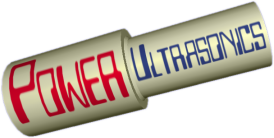For mobile handset ,we weld nut insert to the plastic panel for assembling the top and bottom panels.The OD of the insert is 2.45 mm and the boss ID is 2.2 mm.The machine used is of 20 khz (2000 W).after welding the bosses are developing horizontal cracks(across the boss) inside.Can somebody give advice?
Forums
